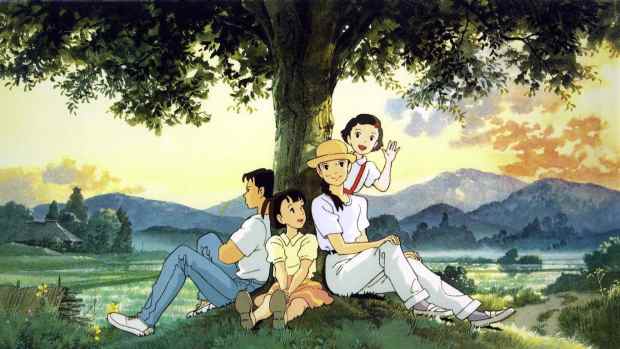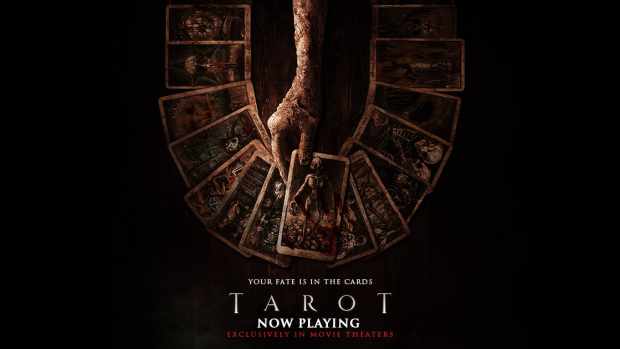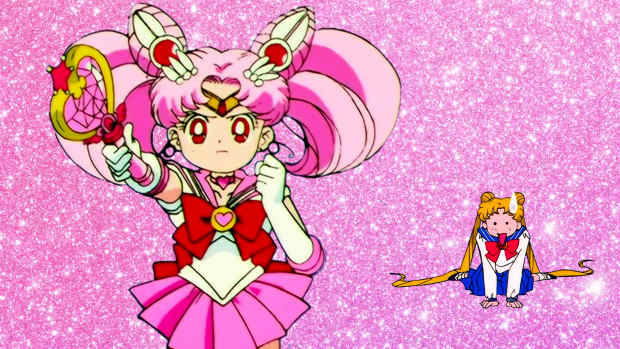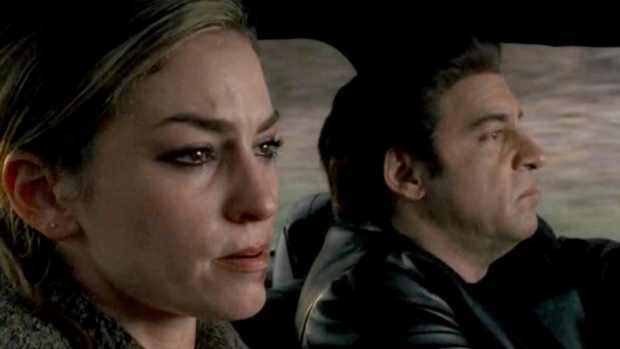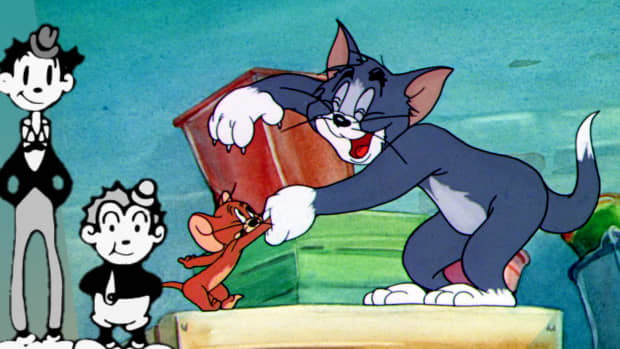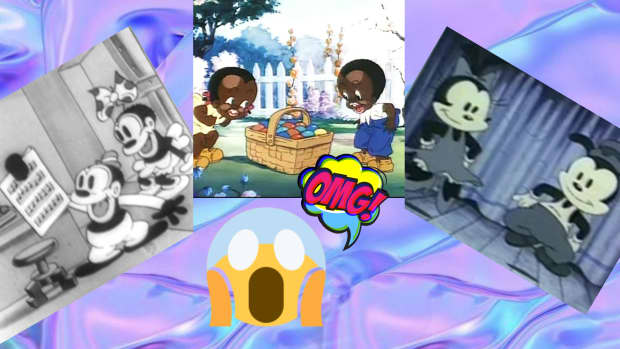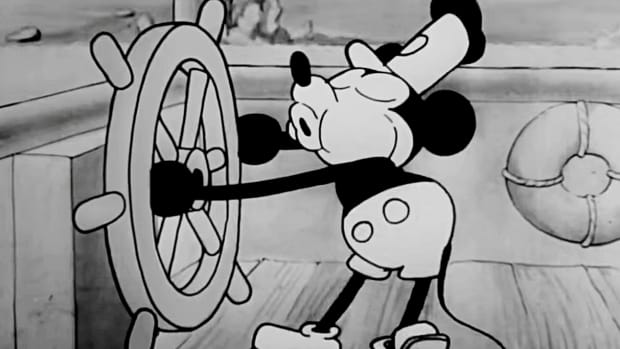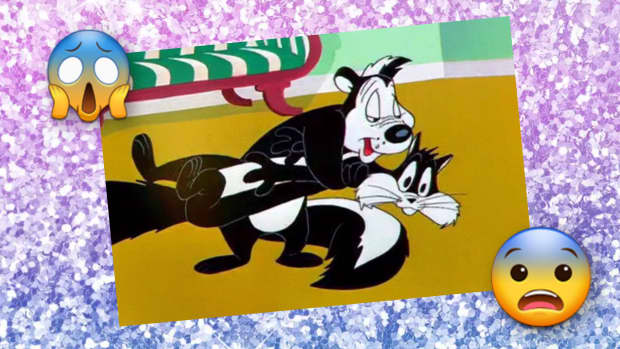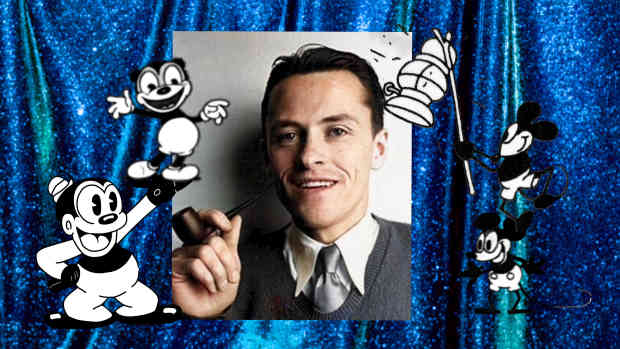A Timeline Of Mammy Two Shoes
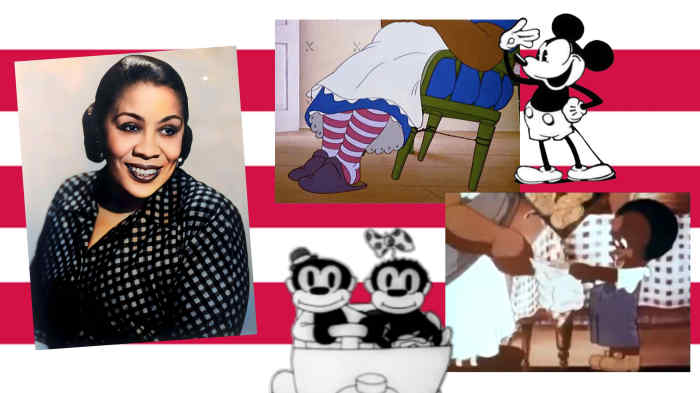
From 1935 to 1952, actress Lillian Randolph voiced Mammy Two Shoes while the character bounced between Disney and MGM.
From Aunt Delilah To Bosko's Mother
Knoxville born Lillian Randolph was an elegant singer with a soothing voice. Charming both Black and White audiences, she made a slow transition from radio to the silver screen. However, due to a lack of roles available for Black actors in the 1930s, she was quickly typecast as a maid, and had much difficulty breaking free of such an already outdated role.
Nevertheless, in 1935, she was brought in by Walt Disney Productions to voice a maid/mammy character for the cartoon Three Orphan Kittens. In the short, this new character who was created by animators David Hand, William Cottrell and Joe Grant, is seen frantically trying to catch three mischievous kittens who wreck a house she has been hired to look after. Just as she is about to throw the baby kittens into the snow, the daughter of the family she works for cries out and immediately adopts all three.
The cartoon must have delighted Walt Disney, because not only would the short get a sequel a year later with even more animal abuse, but he even named his new star "Mammy Two Shoes" because she is only visible from the knees down.
Another name used in promotional materials would be "Aunt Delilah", but Disney wasn't the only one enchanted by this striped-socked maid.
Not long after Mammy Two Shoes's debut, Roy Disney had made a phone call to Hugh Harman, asking if he, Rudolph Ising and their staff could come and help Walt Disney on a few cartoons. When things went sour between Walt Disney and Hugh Harman, the latter retaliated by usurping control of Mammy, taking her back to MGM and re-introducing her as Bosko's mother between 1937 and 1938 for the final three shorts of Bosko's "more realistic" but also more offensive reboot. Mammy, still voiced by Lillian Randolph, had her own home and an off-camera mother, who also owned her own home.
Mammy was the second Disney character after Pete to simultaneously appear in new Disney shorts and in shorts at a rival studio. (Pete moonlighted between Universal's Oswald shorts and Disney's Mickey shorts.) Curiously, despite Walt Disney naming the character, he never attempted legal action against either MGM or Harman-Ising Productions, and Lillian Randolph would continue to voice the character for two more Disney appearances, 1940's Pantry Pirate where she abused Mickey's dog Pluto, and 1943's Figaro and Cleo, looking after Pinocchio - and then Minnie's pet kitten and fish. Bowing out as "Aunt Delilah" officially, she was seen as being more hostile than ever towards animals.

While the MGM comic books portrayed Mammy/Dinah as a stereotypical maid, the actual Tom And Jerry shorts had her caring for her own house.
Tom And Jerry
Less than two years after Bosko's final cartoon Little Ol' Bosko in Bagdad, Mammy Two Shoes would appear in the 1940 MGM short Puss Gets the Boot, directed by William Hanna and Joseph Barbera with Rudolph Ising credited as producer. Here, Mammy, still voiced by Lillian Randolph, was again seen being aggressive towards her cat Jasper (later renamed Tom) while he tries in vain to capture mouse Jinx (later renamed Jerry) who is destroying their house.
The short was an even bigger hit than her previous shorts with Disney and Harman-Ising, and she would go on to appear in 13 Tom And Jerry shorts altogether. But there was a definite split between who she was on screen vs. off.
In promotional comic books produced for MGM, Mammy, now sometimes known as Dinah, appeared in stereotypical white lipstick, speaking with even more slang and faux-Ebonics than her on-screen counterpart had been using off-and-on since 1935. A secondary series of comics more focused on Tom And Jerry would revise her drawing to look less offensive, but she still spoke in broken phrases. She was only a maid in these comics and nothing more, keeping house for an unseen master.
On screen however, Mammy's face was rarely seen outside of two "blink and you'll miss it" spots in 1947's Part Time Pal and in 1950's Saturday Evening Puss, the latter of which, she is seen wearing her own fancy jewelry, nice clothes and sporting blue eyes. Picking up where she left off in the Bosko cartoons, she isn't a maid in Tom And Jerry, although this is the term used in promotional materials. This is her nice house. These are her nice dishes. This is made clear in Saturday Evening Puss when she is alerted to a party going on at her house. She isn't working to clean this beautiful home for someone else. It belongs to her, and she takes its beauty very seriously.
This is what made her cartoons stand out. While other cartoon characters with offensive Black stereotyping lived in rural, broken shacks, Mammy had a home just as beautiful as the home she originally cleaned at Disney, but it belongs to her and nobody else.
Whitewashing
Despite the character owning a lavish home, Mammy was still an offensive - and by 1952 - outdated stereotype. She didn't speak properly. She was still violent towards animals, nearly to the point of murder, and with the exception of Saturday Evening Puss and 1948's Mouse Cleaning where she did dress elegantly, most of her appearances have her in baggy house-cleaning clothes, based on old Mammy tropes. After much pushback from the NAACP, the character was retired after 1952's Push-Button Kitty, where she owned a robot that quickly turned rogue.
In the 1960s, MGM would hire Looney Tunes legend Chuck Jones to replace Mammy in an attempt to make new cartoons out of old. Using the Fleischer method of rotoscoping, Jones replaced Mammy in Saturday Evening Puss and The Framed Cat with a thin, bossy young woman, voiced by Looney Tunes actress June Foray.
These new shorts were not well-received, so Jones tried again, this time turning Mammy Caucasian and having Foray make her an Irish stereotype for five re-colored shorts.
This was also not well-received, so Foray simply re-dubbed Mammy in two more shorts, keeping her Black, but still giving her a stereotypical Irish accent.
While these remixed shorts would play on local channels through the early 1990s, audiences hated the changes, and Jones would move on to do his own Tom and Jerry series in a new style, leaving the old cartoons alone.

Thea Vidale would replace Lillian Randolph for the Turner Networks, swapping faux-Ebonics slang for well-enunciated phrases.
Turner Networks
In the 1990s, Turner Broadcasting System would acquire the rights to Tom And Jerry for cartoon blocks on TNT and Cartoon Network.
By this point, syndicated stations across the US had already chosen either to keep the unloved Jones remixed cartoons, or to air the originals with Lillian Randolph, albeit with most of her appearances cut out, often altering plots. Turner would do the same for a select number of shorts, but for the rest, they decided to re-dub the shorts.
Comedian Thea Vidale was hired to dub over Randolph's lines, removing slang and faux-Ebonics and replacing the lines with more acceptable grammar. Because she could mimic Randolph's range just well-enough, some cartoon fans accepted the change as a decent compromise. This new batch of shorts would remain on television off and on through the 2020s and appear on many VHS and DVD sets.

Nicole Oliver would voice a Caucasian Mammy, now Mrs. Two Shoes, who had a White version of Bosko as her son and a never-named husband.
Whitewashing Part Deux
In 2006, Kids WB introduced Tom And Jerry Tales, a new series of shorts that would air on Saturday mornings until 2008, with reruns debuting on Cartoon Network not long after.
Here, Mammy was once again replaced by Mrs. Two Shoes, a Caucasian woman drawn in the same style as Chuck Jones's second attempt at "fixing" Mammy. This version of the character - who like Mammy, also appeared in 13 shorts - was a little more athletic and adventurous, even becoming the superhero Power Gal, but was still abusive towards Tom.
She was voiced by Nicole Oliver, who would go on to voice both Cheerilee and Princess Celestia in My Little Pony: Friendship Is Magic from 2010 to 2019.
In the 2007 short Ho Ho Horrors, Mrs. Two Shoes has a photo on the fireplace mantle of her un-named husband and son. This is a throwback to Mammy previously being Bosko's mother, albeit completely whitewashed, suggesting that had Jones been commissioned to tackle the rebooted Bosko series, Mammy's son would have also gotten a Caucasian makeover.
Instead of censoring the character, it would be wise for the current owners of the Disney and MGM libraries respectively to release the cartoons uncensored, air a disclaimer about racial stereotyping, and let the consumers choose what cartoons - and in this case which version of Mammy - to watch, and allow folks the chance to have these difficult conversations with their children and peers about the harm and misconceptions around racial biases. The more we run away from our history and refuse to learn from it, the more it repeats itself.
This content is accurate and true to the best of the author’s knowledge and is not meant to substitute for formal and individualized advice from a qualified professional.
© 2024 Koriander Bullard


